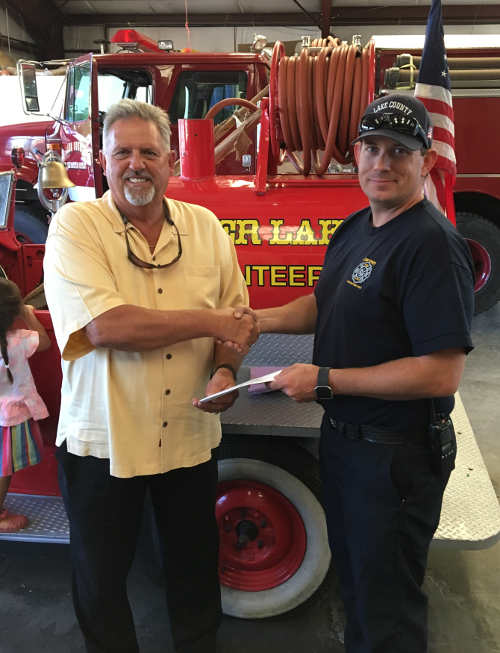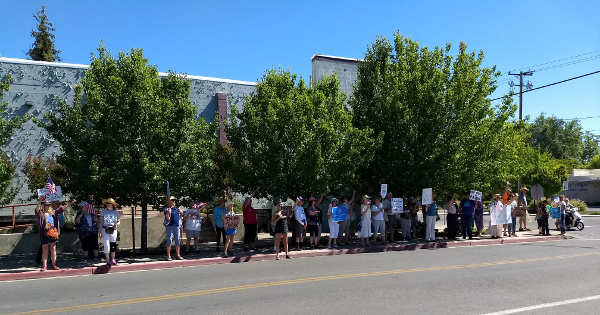- Editor
- Posted On
Fults Family Vineyard donates to fire department

LAKE COUNTY, Calif. – On June 1, Dustin and Kendall Fults, co-owners of Fults Family Vineyards, presented a check for $3,500 to Marc Hill of the Lake County Fire Protection District.









